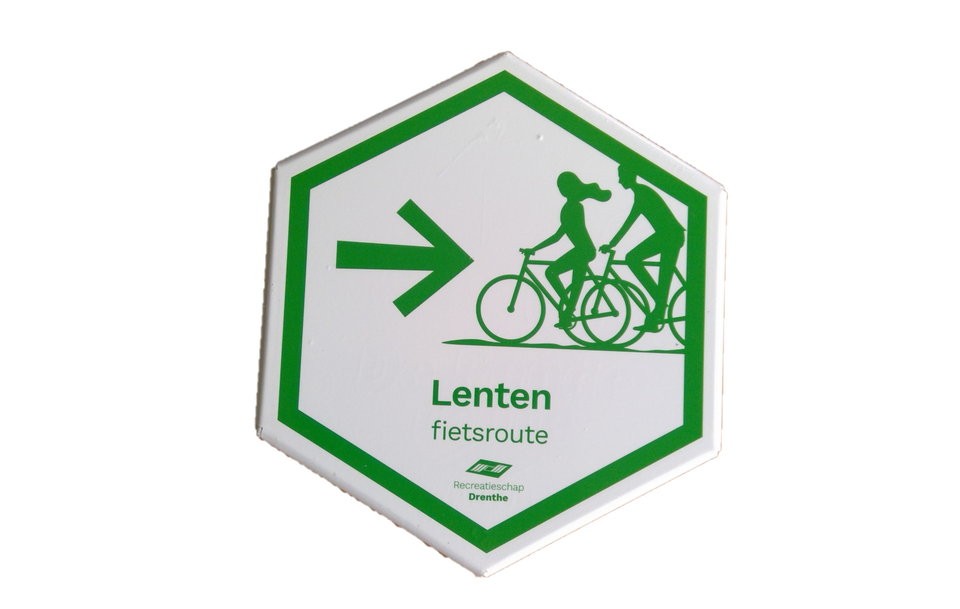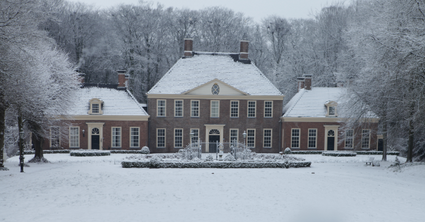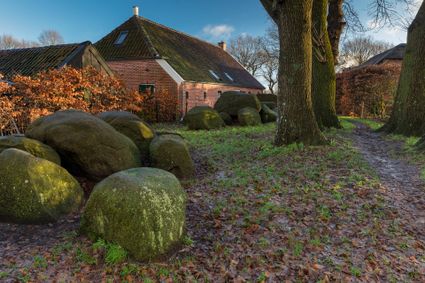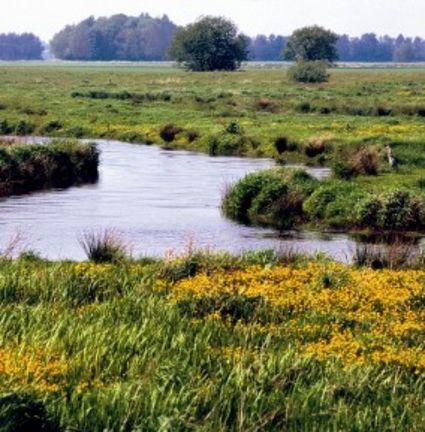Recreatief
42 km
Use Zuidlaren, with its centuries-old village squares, as the starting point of your cycle route. On De Hondsrug, you will encounter old esdorp villages and forests, before making your way to the swampy brook valley of the Hunze.
The Hondsrug and Hunze valley guarantee hours of cycling fun through an ancient landscape. People lived and left their mark here thousands of years ago. Discover the burial mounds, ancient dirt roads and mediaeval village squares.
In Zuidlaren, an old esdorp located on De Hondsrug, you will meet the fictional figure Berend Botje. De Hondsrug is a ridge that was created in the penultimate ice age, when the shifting masses of ice shaped this straight line from Groningen to Coevorden. In September 2013, UNESCO officially named the Hondsrug area a European Geopark, making it the first UNESCO Global Geopark in the country.
Sit…
Use Zuidlaren, with its centuries-old village squares, as the starting point of your cycle route. On De Hondsrug, you will encounter old esdorp villages and forests, before making your way to the swampy brook valley of the Hunze.
The Hondsrug and Hunze valley guarantee hours of cycling fun through an ancient landscape. People lived and left their mark here thousands of years ago. Discover the burial mounds, ancient dirt roads and mediaeval village squares.
In Zuidlaren, an old esdorp located on De Hondsrug, you will meet the fictional figure Berend Botje. De Hondsrug is a ridge that was created in the penultimate ice age, when the shifting masses of ice shaped this straight line from Groningen to Coevorden. In September 2013, UNESCO officially named the Hondsrug area a European Geopark, making it the first UNESCO Global Geopark in the country.
Sit back and enjoy a drink on a patio on this high sand ridge dotted with esdorp villages and revel in gorgeous views over the Hunze Valley. As you cycle through the valley, you will make your way through peat colonies, ribbon villages and marshy brook valleys. You might just spot a beaver in the meandering Hunze. Lenten, which give this trail its name, were reinforced loading and unloading areas for peat and hay, of which remnants have been found near the Hunze.
The trail starts at the Stationsweg in Zuidlaren, where there is free parking. However, you can also use the signs to start the trail elsewhere.


Waypoint bike 60
Zuidlaren
Navigate to starting point
Zuidlaren
Navigate to starting point


Concealed by two old little farms two dolmens are situated in Midlaren. Dolmen D3 (Drenthe 3) and D4 (Drenthe 4) are very big and make a disorderly impression. Together they are called 'Huneborg’.

De Wachter in Zuidlaren is an oil and grain mill. A museum is housed inside the mill; more accurately, the mill is part of a museum that has an array of steam engines on display and showcases many old crafts. Interested in seeing how soap is made?



You can find this dolmen in the middle of Annen. It’s a small dolmen and it lies directly next to the busy road, that goes trough Annen.

Waypoint bike 60
Zuidlaren
Navigate to endpoint
Waypoint bike 60
Zuidlaren
Navigate to starting point
Waypoint bike 60
Zuidlaren
Navigate to endpoint